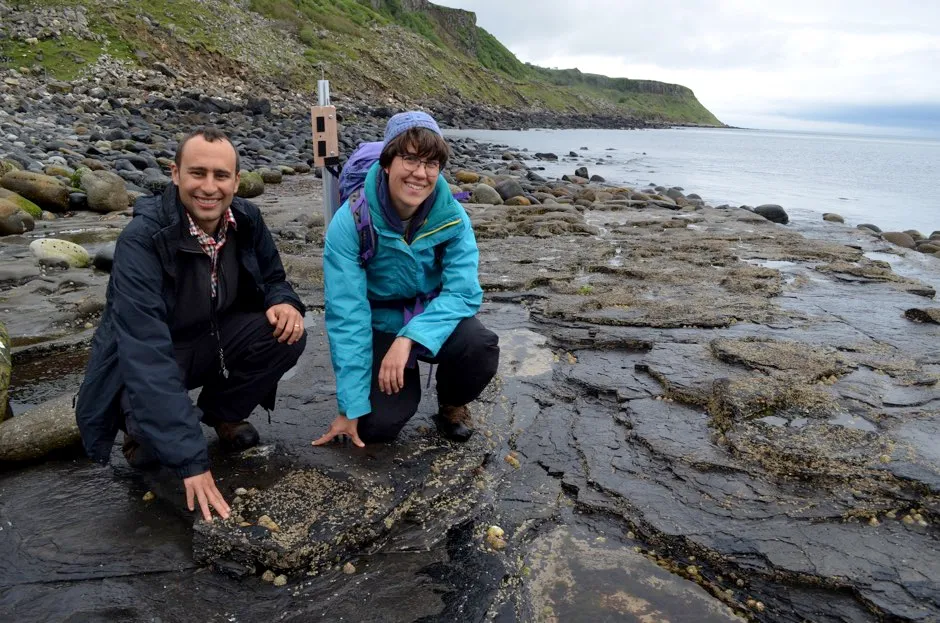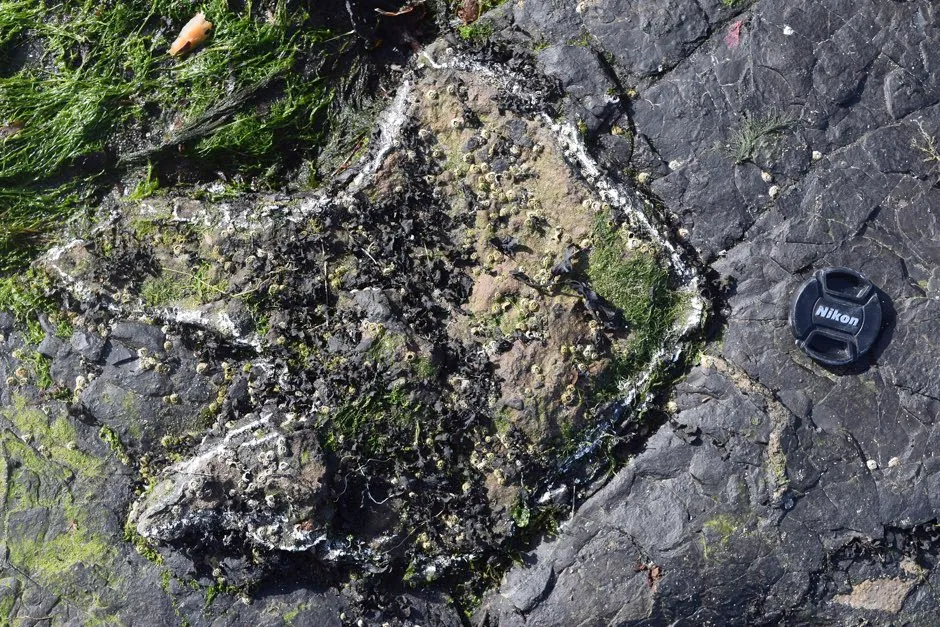- The Isle of Skye, off the northwest coast of Scotland, was home to a wide variety of dinosaurs in the Middle Jurassic Period.
- Palaeontologists at the University of Edinburgh discovered around 50 preserved footprints in mud flats revealed by storm activity.
- They believe the tracks include some of the oldest evidence of large-bodied herbivorous dinosaurs.
The Middle Jurassic Period, which stretched from about 175 million years ago to about 160 million years ago, was a time of major evolutionary diversification in many dinosaur groups, but dinosaur fossils from this time period are generally rare.
However, new excavations are proving the Isle of Skye to be a tantalising exception. New areas of mudflats unearthed by storm activity along the island’s coastline are turning out to be a treasure trove of fossilised dinosaur footprints.
Read more about dinosaurs:
- Skull of hummingbird-sized dinosaur found preserved in amber
- Look inside a dinosaur's skull with these pictures from the pop-up book Tyrannosaurus Rex
In a paper published in the open-access journalPLOS ONE, Paige dePolo and Stephen Brusatte of the University of Edinburgh describe two recently discovered fossil sites containing around 50 preserved dinosaur footprints. These include the first record on the Isle of Skye of a track known as a Deltapodus track most likely created by a stegosaurian or plate-backed dinosaur.

"These new tracksites help us get a better sense of the variety of dinosaurs that lived near the coast of Skye during the Middle Jurassic than what we can glean from the island's body fossil record,” said the study’s lead author dePolo. “In particular, Deltapodus tracks give good evidence that stegosaurs lived on Skye at this time."
Also among the tracks are three-toed footprints of multiple sizes of early carnivorous dinosaurs and a series of other large tracks that have been tentatively identified as being some of the oldest evidence of large-bodied herbivorous dinosaurs.
“These new tracksites give us a much clearer picture of the dinosaurs that lived in Scotland 170 million years ago,” said Brusatte, the study’s co-author. "We knew there were giant long-necked sauropods and jeep-sized carnivores, but we can now add plate-backed stegosaurs to that roster, and maybe even primitive cousins of the duck-billed dinosaurs too.
“These discoveries are making Skye one of the best places in the world for understanding dinosaur evolution in the Middle Jurassic.”

These two sites add to the known diversity of what was a thriving ecosystem of Middle Jurassic dinosaurs in northern Scotland and reflect the importance of footprints as a source of information supplemental to body fossils, the researchers say.
Reader Q&A: If the dinosaurs didn’t go extinct, could they have developed a civilised society?
Asked by: Henry Sykes, via email
The asteroid strike that killed off all dinosaurs (except for birds) took place 66 million years ago. We know that many species of dinosaur were still thriving at that time.
These included small, fast, deadly ‘raptors’ such as Velociraptor, which had big brains and keen senses, and were probably as smart as dogs and cats are today.
If they didn’t die, but instead kept evolving, they may have developed even bigger brains and keener senses. And given millions of years of evolution, perhaps they would have taken the path of primates, eventually developing tool use, sophisticated communication, and even complex societies.
We’ll never know, but it’s theoretically possible!
Read more: